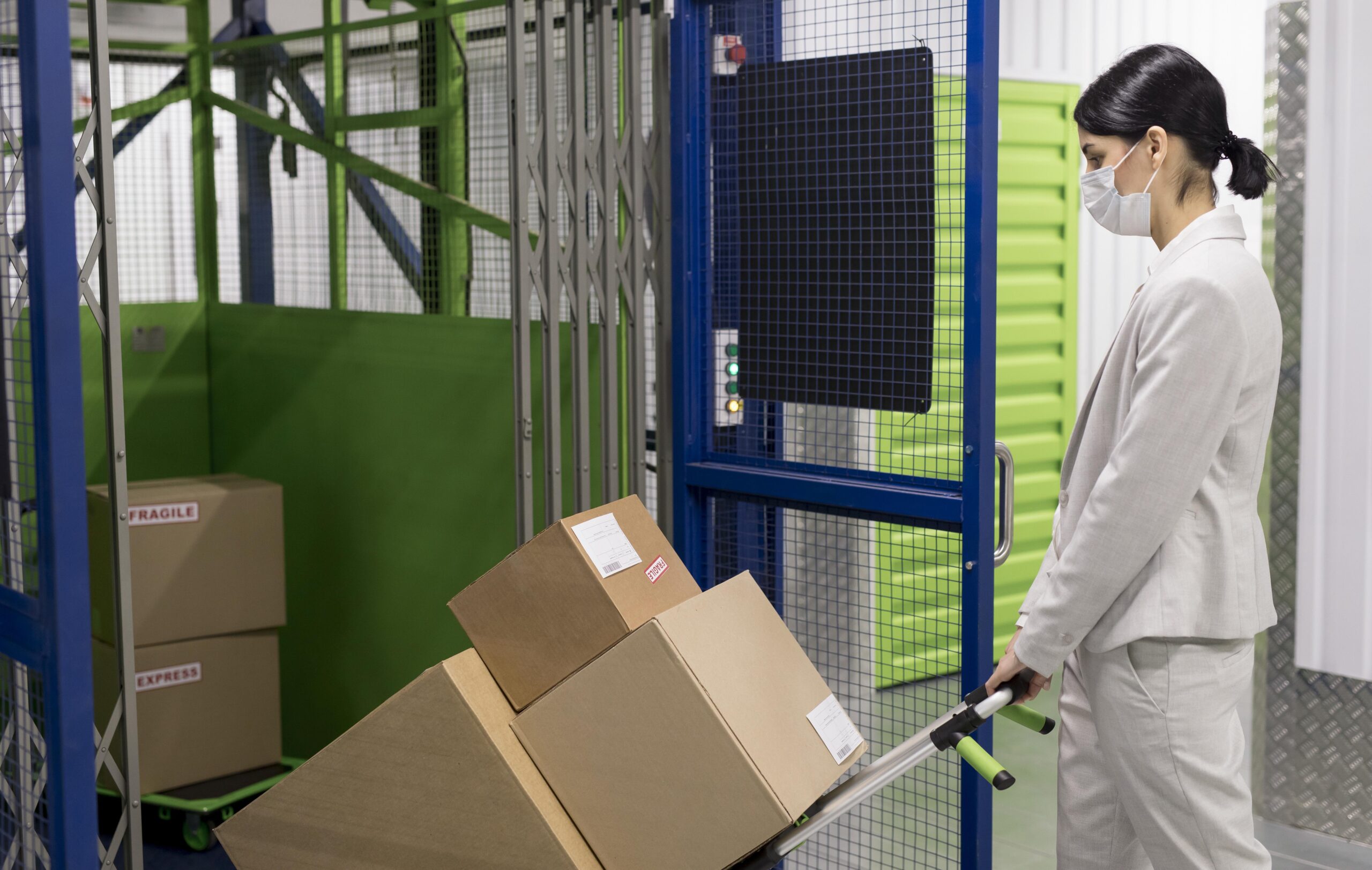Introduction: The Rise of Integrated SCADA Systems
Industrial processes today demand real-time control, high reliability, and intelligent decision-making.
That’s where integrated SCADA systems come in.
They offer a powerful way to monitor, control, and optimize operations—all from a single platform.
Let’s explore why integrated SCADA is the future of smart industries.
What is an Integrated SCADA System?
SCADA stands for Supervisory Control and Data Acquisition.
An integrated SCADA system connects sensors, controllers, networks, and data management tools into one streamlined solution.
It allows operators to see everything happening across an entire facility or system, control equipment remotely, and analyze performance in real-time.
Integration means fewer silos, faster decisions, and smoother operations.
Key Components of Integrated SCADA
1. Human Machine Interface (HMI)
Visualizes real-time data for operators through dashboards, alarms, and controls.
2. Remote Terminal Units (RTUs) and PLCs
Collects data from sensors and field devices and transmits it to central control centers.
3. Communication Networks
Connects all parts of the system through wired, wireless, or fiber-optic communication.
4. Centralized Servers
Process and store operational data, ensuring fast retrieval and analysis.
5. Advanced Analytics
Uses data analysis tools to improve operational efficiency, predict failures, and optimize resources.
Benefits of Integrated SCADA Systems
1. Real-Time Monitoring
Operators get instant visibility into system performance, energy use, and critical equipment health.
2. Faster Decision-Making
Integrated data helps teams make informed decisions faster, reducing downtime and improving productivity.
3. Improved Operational Efficiency
Automation and centralized control streamline processes, minimize errors, and cut operational costs.
4. Remote Access
Operators can monitor and control systems from any location, ensuring fast response times.
5. Enhanced Data Security
Modern integrated SCADA systems feature advanced cybersecurity to protect industrial networks.
Industries That Rely on Integrated SCADA
- Manufacturing: For real-time control of production lines
- Energy and Utilities: Managing power plants, water treatment, and gas pipelines
- Transportation: Monitoring railways, airports, and traffic systems
- Oil and Gas: Overseeing drilling, refining, and pipeline operations
- Food and Beverage: Ensuring safe, efficient production processes
Any industry that depends on continuous operations can benefit from integrated SCADA.
Best Practices for Successful SCADA Integration
1. Define Clear Goals
Identify what you need to monitor, control, and optimize.
2. Choose Scalable Solutions
Select SCADA platforms that can grow with your business and adapt to new technologies.
3. Focus on Cybersecurity
Implement strong security protocols to protect against cyber threats.
4. Prioritize User-Friendly Interfaces
Easy-to-use HMIs reduce training time and improve operational effectiveness.
5. Partner with Expert Integrators
Working with experienced SCADA integrators ensures smooth installation, configuration, and support.
Future Trends in Integrated SCADA
- AI and Machine Learning: Predictive maintenance and smarter analytics
- Cloud-Based SCADA: Improved remote access and scalability
- IoT Integration: Seamless communication between SCADA and smart devices
- Edge Computing: Faster data processing closer to the source
- Mobile SCADA Apps: Monitor and control operations via smartphones and tablets
The future of SCADA is more connected, intelligent, and powerful than ever.
Conclusion: Integrated SCADA is the Smart Choice
An integrated SCADA system is more than just a control tool—it’s a complete solution for smarter, safer, and more efficient operations.
By centralizing control and making data instantly available, businesses can reduce downtime, save money, and improve decision-making.
If you want your industrial operations to be ready for the future, integrated SCADA is the way forward.
Invest today, and watch your productivity soar!
FAQs About Integrated SCADA
1. What makes a SCADA system “integrated”?
An integrated SCADA system combines monitoring, control, networking, and data analysis into a single, unified platform.
2. Can integrated SCADA systems be used for small facilities?
Yes! Modern SCADA solutions are scalable and can fit small, medium, or large facilities.
3. How does SCADA improve safety?
By providing real-time monitoring, automated alarms, and remote controls, SCADA reduces risks and allows quick responses to emergencies.
4. What is the role of cloud computing in SCADA?
Cloud SCADA enables remote access, better scalability, and faster disaster recovery.
5. Is SCADA secure from cyber-attacks?
Modern integrated SCADA systems include advanced encryption, firewalls, and intrusion detection to enhance cybersecurity.

